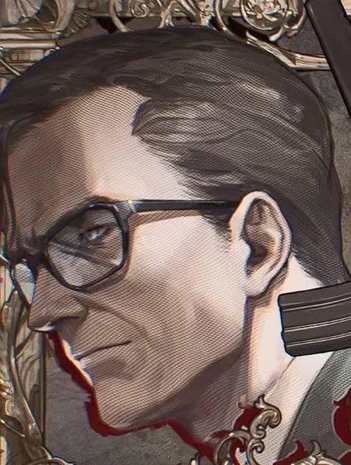Finished my phD in History, and now I'm basically a NEET for the time being. How's everyone going? Haven't active;y used this site for a while, and it's cool to see the same familiar faces are still here. So, I'd like to ask everyone: on what subjects do you consider yourself most knowledgeable in, and is there anything about it that you think is the most interesting to know?


It's closer to airsoft than firearms and the nerf community generally likes to stay distanced from both of those communities. There are a range of aesthetic modifications people do, but those are more art than any kind of science. Most modifications are either increases in velocity or increases in firing rate. It is fairly trivial to make a dart blaster shoot around 200 fps or ~10 darts per second. Those numbers can go a LOT higher however, but the actual limits tend to depend of the type of game you are attending. The class of game is dependent on the fps cap for that meeting. Super stock limits at about 120 fps (these are the most common type and are oriented so people with unmodified blasters can play without issue), ultrastock limits at about 180 fps, and nic matches (nerf internet community) can have variable caps anywhere from 150 to as high as you want (the practical limit is around 700 fps or so, these games usually start to impose minimum engagement ranges). How do you mod a blaster to do this stuff? Electronic blasters will often replace flywheel motors (the part that flings the dart) with custom nerf motors and use custom flywheels to increase velocity and velocity consistency. Spring-ers will use better air seals, springs, and other mechanics to increase the amount of force placed on the dart. Anymore the hobby has pretty much gotten rid of the need for nerf (and hasbro) to produce innovative designs. Many blasters now are 3d printed, which allows for significantly improved efficiency and ergonomics. Some examples are Captian Slug's Caliburn and the FDL. This video shows a decent selection of the kinds of nerf blasters that the community makes.
Some of the things that make nerf unique to real steel, airsoft, and paintball are the creativity and anti-"operator" attitudes of the community. People generally recognize that they are playing with toys and treat it as such - they will create fun blasters with unique designs and novel mechanisms, purely for the fun and comedy that can come from them. The hobby also has a pretty strong aversion to any associations with real weapons. Many nerfers do shoot real guns on the side but they keep those hobbies separate because it creates a more inviting and fun community for everyone.
It's interesting to me that those two 3d-printed ones adhere pretty closely (as far as I can tell) to the standard nerf gun aesthetic. I'd think that part of the freedom of 3d printing would be breaking away from that. Have something super smooth or crystalline or something.
It's more practical than anything else. 3d printing has some pretty important limits that have to be taken into account with design. Both of those do have wildly different variations, but the base components are kept simple.